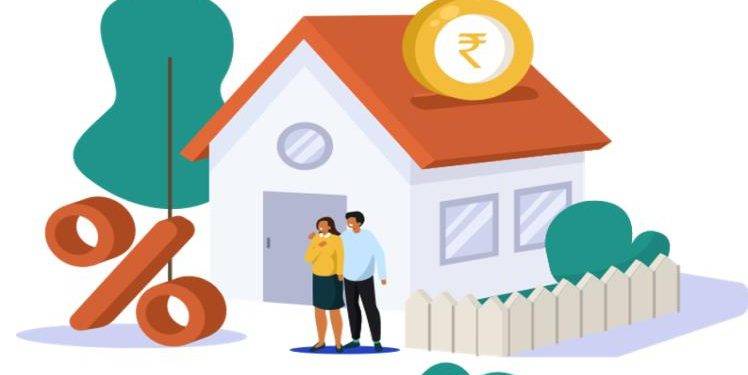For those who wish to buy a house and make their dream come true, high real estate prices have become a big concern. But the good news is, they have the option of getting a home loan. A home loan is the easiest way to make your dream home your own; a home loan can cover 80% of the total property cost and the home loan process is quite hassle-free.
Home loans come with extra costs, not just the amount you borrow. Most people know about processing and registration fees, but there are also hidden charges. These costs depend on the legal money lender. Some are fixed, while others are a percentage of the loan. They may be charged separately or combined. Knowing about these fees helps you understand the true cost of your loan.
The following charges are required to be paid when a home loan application is processed:
Log-in fee:
An application fee is an initial fee charged by a lender to evaluate a loan application. This is charged by the lender to determine if the application contains all relevant and accurate information with necessary documents.
Loan processing fee:
A loan processing fee is a one-time charge imposed by lenders on applicants for processing their home loan applications. An average processing fee for a loan is 0.5% to 1.0% and can go up to 3% of the loan amount. But, it also depends from lender to lender. Even if the loan is not sanctioned, the lender will charge this non-refundable fee. However, if you are lucky enough, you can enjoy the festive offers where the processing fee will be waived.
Administrative charges:
It is also common for lenders to charge a separate administration fee, which is also non-refundable. It entails the cost of verifying the borrower’s information and the property, as well as the technical and legal verification required by law. Lenders have different teams or agencies that evaluate the property you wish to purchase and compile a report on it so that they can determine the loan amount. The agency charges the lender for preparing the report, which the lender passes on to the applicant.
Conversion fee:
The conversion fee is the amount you pay to reduce your rate of interest and EMIs. How does it work? When the rate of interest falls, and you think that it can affect your EMI amount, you can pay the conversion fee and get your home loan interest rate changed. The fee depends on the difference between the new rate of interest and the old one. The loan tenure may also be shortened due to this fee. It is common for borrowers to switch to a new lender if their interest rate falls; however, the new lender may also charge you the processing fee since they must appraise your outstanding loan balance.
Late payment charges:
This is one of the most important charges that you should know about. As the name says, this charge is levied when the borrower is unable to pay the monthly EMI before or on the due date.
Overdue EMIs can carry hefty penalties of up to 2% of the overdue amount if you don’t repay them on time. So, always make sure you are up to date with your EMI payments.
Prepayment charges:
Prepayment charges are levied when the borrower repays the loan amount before the tenure ends. However, the government of India has directed banks to abolish prepayment charges on home loans that have been taken on a floating interest rate. Though, for people who have taken their loan on a fixed rate of interest, the lender is allowed to ask the borrower for a prepayment penalty charge. So, if you want to prepay your loan amount, make sure that it makes financial sense.
Above are the different types of charges charged by lenders. And if you are planning to take a home loan, please ensure you read all about them well in advance.









